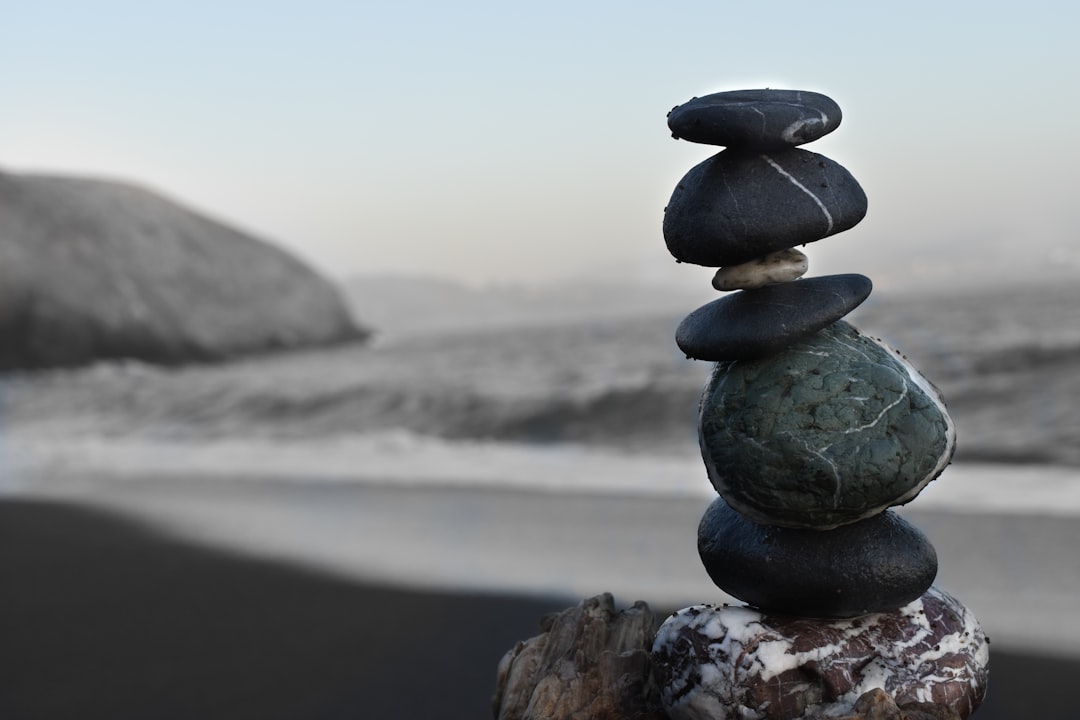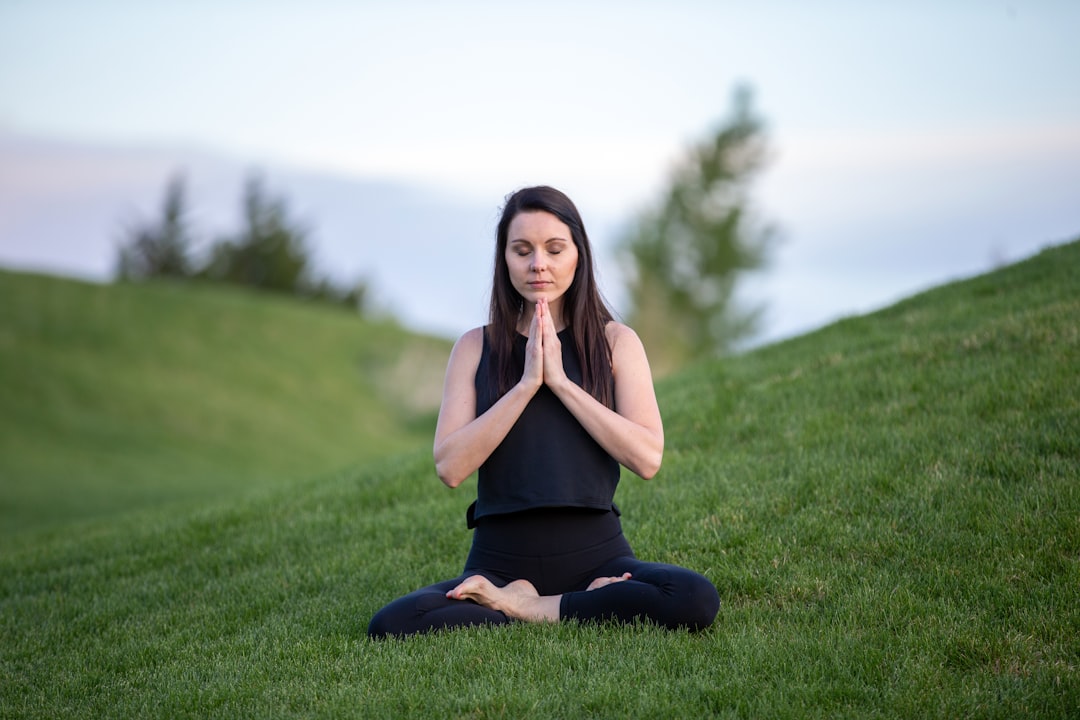In our fast-paced, technology-driven world, it’s easy to get caught up in the hustle and bustle of everyday life. From work responsibilities to personal obligations, it seems like there’s never enough time in the day to do everything we need to do. However, this constant state of rushing around can leave us feeling stressed, anxious, and overwhelmed. That’s where mindfulness comes in.
Mindfulness is the practice of being fully present and engaged in the current moment, without judgment. By focusing on the present moment, we can quiet our minds and become more aware of our thoughts and emotions. This awareness can help us make better decisions and respond more effectively to the challenges and opportunities we encounter in our daily lives. Moreover, mindfulness has been scientifically proven to improve physical health, mental well-being, and cognitive functioning, making it a valuable tool for anyone looking to reduce stress, improve focus, and enhance their overall quality of life. In this blog post, we’ll explore a range of mindfulness practices and techniques that you can incorporate into your daily routine to experience these benefits for yourself.
Breathwork: How Focusing on Your Breath Can Ground You in the Present Moment
Breathing is something we do unconsciously and something that is taken for granted. However, when you focus on your breath, it can bring a sense of calm and peace that is hard to find in the constant busyness of the modern world. Breathwork is a mindfulness practice that involves paying attention to your breath and being fully present in the moment.
When we focus on our breath, we are drawn into the present moment. This can be especially helpful when we are feeling overwhelmed, stressed, or anxious. By paying attention to our breath, we can let go of worries about the past or the future, and simply be in the present moment.
Breathwork can be done anytime, anywhere, and for any length of time. You don’t need any special equipment or tools to practice. Simply find a quiet spot where you can sit or lie down comfortably, and focus on your breath. Pay attention to the sensation of the air moving in and out of your body, the rise and fall of your chest or belly, and the sound of your breath.
If you find it difficult to focus on your breath, you may want to try counting your breaths. Count each inhale and exhale, starting at one and going up to ten. Then start over again at one. This can give your mind something to focus on and make it easier to stay present.
Breathwork can be a powerful tool for stress relief, anxiety management, and overall wellbeing. By practicing this simple technique, you can bring more mindfulness into your day and find a sense of peace amid the chaos of daily life.
Then start over again at one.
Mindful Eating: Taking Time to Savor and Appreciate Your Food
In our fast-paced society, it’s easy to eat on the go or wolf down our meals without giving them much thought. However, this can lead to overeating, poor digestion, and a lack of enjoyment in our food. Mindful eating is a practice that encourages us to slow down and savor every bite, paying attention to the taste, texture, and aroma of our food.
When we eat mindfully, we can better appreciate the effort that went into preparing our meals and the nutrients we are providing our bodies. It can also help us recognize when we are full and prevent unnecessary snacking or overeating.
To practice mindful eating, start by taking a few deep breaths before you begin your meal. Focus on the present moment and be fully present with your food. Chew slowly and thoroughly, paying attention to the flavors and textures in each bite. Try to avoid distractions like scrolling through your phone or watching TV while you eat.
Another way to practice mindful eating is to use all of your senses. Look at your food and notice the colors and textures, smell your food and take in the aroma, and listen to the sounds of the food as you chew.
Finally, take the time to express gratitude for your food. Consider the effort that went into growing, preparing, and cooking your meal. Expressing gratitude can help us cultivate appreciation for what we have and promote positive feelings.
Integrating mindful eating into your daily routine can help you improve your relationship with food and support healthy habits. Give it a try and see how it feels!
Give it a try and see how it feels!
Grounding Practices: Using Your Senses to Connect with the Present Moment
In today’s fast-paced world, it’s all too easy to get caught up in the hustle and bustle of everyday life. We’re constantly bombarded with information from all angles, and it can be difficult to find a moment of stillness amidst the chaos. However, taking the time to ground yourself in the present moment can have immense benefits for your mental and emotional wellbeing. Mindfulness practices that focus on your senses can help you become more attuned to your surroundings, and feel more connected to the world around you.
One effective grounding practice is to take a few moments to focus on your senses. This can be as simple as taking a few deep breaths and paying attention to the sounds around you, or it can be a more structured practice that involves deliberately engaging each of your senses. For example, you might start by focusing on your sense of smell, taking in the scents around you and noticing how they make you feel. Then you might move on to your sense of touch, taking a few moments to notice the sensation of your feet on the ground, or the warmth of the sun on your skin.
Engaging your senses in this way can help you feel more present and connected to your surroundings. It can also be a great way to reduce stress and anxiety, as you’re focusing on the present moment rather than getting caught up in worries or regrets about the past or future. Grounding practices like this can be particularly helpful if you’re feeling overwhelmed, as they provide you with a simple and effective way to bring yourself back to the present moment.
To make the most of this grounding practice, try to approach it with a spirit of curiosity and openness. Rather than trying to force yourself to feel a certain way, simply observe your sensations without judgment or expectation. You may be surprised at how much more vivid and alive your world feels when you take the time to engage your senses in this way. So next time you’re feeling frazzled or disconnected, give some of these grounding practices a try and see how they can help you become more present and centered in your everyday life.
Mindfulness practices that focus on your senses can help you become more attuned to your surroundings, and feel more connected to the world around you.
Mindful Movement: Incorporating Gentle Exercise and Stretching into Your Day
Physical movement is an essential part of taking care of our bodies and minds. However, exercise doesn’t have to be intense to be effective. Incorporating mindfulness into gentle exercise, such as yoga or pilates, can have a significant impact on our overall well-being.
Mindful movement involves being aware and present in your body while performing exercises or stretches. It means focusing your attention on the sensations in your muscles, your breath, and how your body moves. This intentional movement can help us release tension, improve flexibility, and increase feelings of relaxation.
The beauty of mindful movement is that it can be tailored to fit any level of fitness or mobility. Whether you are a seasoned yogi or a beginner, there are countless options for incorporating gentle exercise and stretching into your day. Even simple practices like taking a walk or doing a few stretches can benefit your mind and body.
Incorporating mindful movement into your daily routine can have a holistic impact on your life. It can help reduce stress and anxiety, improve sleep quality, and increase overall physical and mental well-being. It’s important to remember that movement doesn’t have to be a chore; it can be fun and enjoyable when approached with a mindful mindset.
So, why not take some time for yourself today and try incorporating some gentle exercise or stretching into your routine? You might be surprised at how much of a positive impact it can have on your day-to-day life.
It means focusing your attention on the sensations in your muscles, your breath, and how your body moves.
Gratitude Practice: Cultivating a Sense of Appreciation for Everyday Moments
Practicing gratitude is an important aspect of mindfulness that often gets overlooked. It’s easy to get caught up in the hustle and bustle of daily life and forget to appreciate the little things that make life so wonderful. When we practice gratitude, we are able to shift our focus from what we don’t have to what we do have. This shift can bring about feelings of contentment and joy, even in the most trying of times.
There are many ways to incorporate gratitude into your daily routine. One popular method is to keep a gratitude journal. At the end of each day, take a few minutes to write down three things you are grateful for. It can be something as simple as a warm cup of tea, a beautiful sunset, or a kind word from a stranger. The act of writing these things down helps to solidify them in your mind and can shift your perspective on the day.
Another way to practice gratitude is to simply take a few moments each day to reflect on the good in your life. This can be done during your morning meditation or as you’re winding down for the night. Take a few deep breaths and allow yourself to feel a sense of appreciation for the people, experiences, and things in your life.
Expressing gratitude to others can also be a powerful practice. Take the time to tell those you love how much they mean to you. Write a thank-you note to someone who has helped you recently. By expressing gratitude to others, we are also reinforcing our own sense of appreciation for the good in our lives.
Incorporating a gratitude practice into your daily routine can help to cultivate a sense of happiness and contentment, even during challenging times. By taking the time to appreciate the little things in life, we are able to shift our focus from what we lack to what we have. Give it a try and see how it can positively impact your life.
There are many ways to incorporate gratitude into your daily routine.
Mindful Technology Use: Setting Healthy Boundaries and Utilizing Tech Mindfully
In today’s tech-savvy world, it’s almost impossible to disconnect from our devices. We constantly receive notifications, emails, and messages, pulling us away from the present moment and disrupting our focus. However, technology is here to stay, and it’s up to us to find a way to use it mindfully and set healthy boundaries.
To start, it’s important to recognize when technology is causing us to feel overwhelmed or distracted. We can set limits on our screen time, giving ourselves designated periods to check emails or social media, rather than constantly checking throughout the day. We can also turn off notifications or set them to silent during certain times of the day, allowing us to be fully present in the moment without the added distraction.
In addition to setting practical boundaries, it’s important to approach technology with mindfulness. This means being intentional with our use and not allowing it to control our lives. We can approach technology with curiosity, learning about its impact on our mental health and wellbeing. We can also set intentions for our technology use, choosing to engage with it in a way that supports our overall values and goals.
Overall, incorporating mindful technology use into our daily routines can have a positive impact on our mental and emotional health. By setting healthy boundaries and utilizing technology mindfully, we can stay connected to the present moment and promote a sense of balance in our lives.





